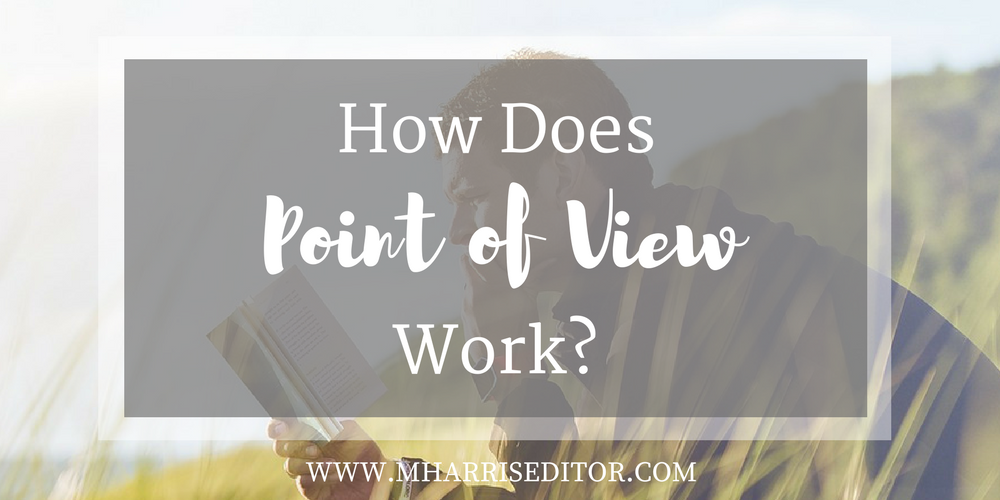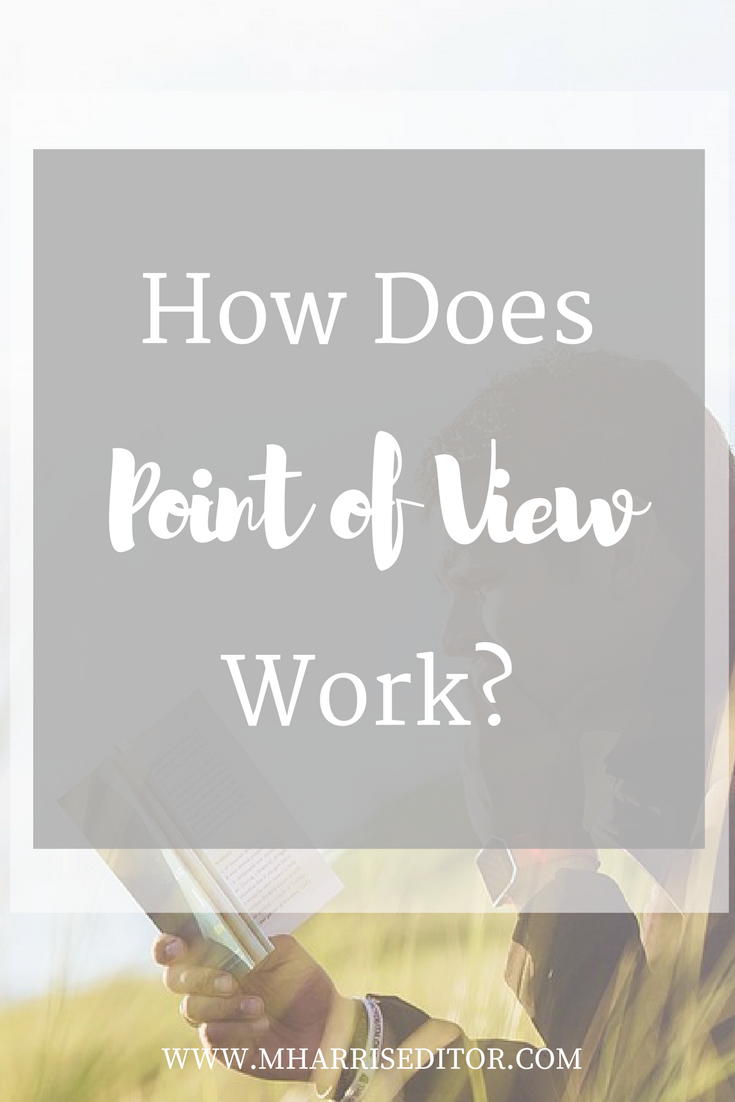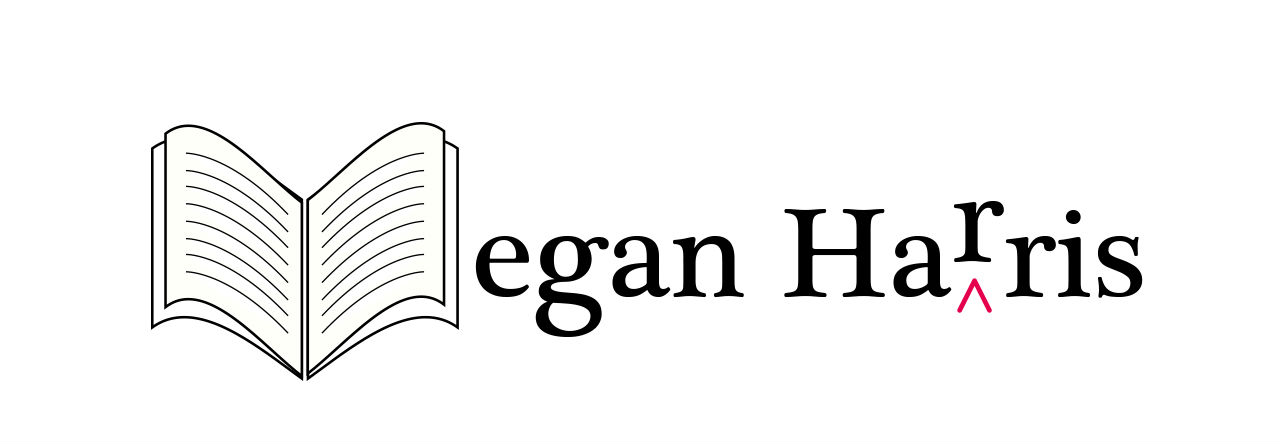
In my experience, it seems writers innately know that readers want to understand their characters’ goals and motivations even if they intend for the story to have a bit of mystery. However, mastering point of view of a character in your writing can be a big challenge.
Many questions that can come up include, “What point of view is best for my book?” and “How can I successfully change points of view in a story?”
While not an exact science, understanding point of view and the best way to use it in your story will help you to become a better writer.
 What is Point of View?
What is Point of View?
Simply put, point of view describes the lens from which a story is told. Often shortened to POV, point of view can have a limited lens such as in first person narrative, or it can be broad and overreaching, such as in a third person omniscient point of view.
Types of Point of View
There are three types of points of view most often used in writing, and one of the types has two subsets that operate in different ways. The three types of point of view are:
- First person
- Second person
- Third person, which has two subsets:
- Third person omniscient
- Third person limited
First Person Point of View
The most used of the types of point of view available in the writer’s arsenal, first person narrative details a story from the lens of one character’s perspective. Pronouns such as I, me, and ours are often used.
Although first person is a popular point of view, the problem writers can run into in writing with first person is using “I” too frequently. It’s important to avoid relying heavily on the use of “I.” Phrases to cut out when using first person narrative include “I knew,” “I saw,” “I felt,” and others. There are strategic ways that you can cut out “I” in first person without totally gutting your story, and working with an experienced editor can often help!
Second Person Point of View
Used more often in non-fiction writing, such as in instruction manuals or how-to articles, second person point of view puts the reader into the story as the main character.
Some fiction does use this element, but not often. A classic example is the line, “You, who so well know the nature of my soul” from Edgar Allen Poe’s Cask of Amontillado. The popular Choose Your Own Adventure series also incorporates that. When scenes are set up, they often start with, “Your name is Billy and you went with Susie on a hike.” From then on, the name “Billy” would only be used when other characters are addressing the reader.
Third Person Point of View
Among the types of point of view writers rely on in fiction, third person can be quite popular. Whether or not you choose to use third person omniscient or third person limited depends on a few factors.
A person might choose third person omniscient if they wish to have the reader know the intent and perspective of multiple characters. The narrator in this story can take note of and comment on the thoughts and feelings of any character. An example of this is in Pride and Prejudice by Jane Austen. While much of the story uses third person limited to discuss Elizabeth’s thoughts and feelings, there are moments in the story told from an omniscient (all-seeing, all-knowing) perspective to give the reader a clue into the events unfolding around the central characters.
In contrast, third person limited provides a lens into the thoughts and feelings of just one character at a time, but from a third person perspective. The Harry Potter books by JK Rowling are a good example of third person limited. From the start of book 1, with its opening scenes involving the Dursleys, to Harry’s thoughts about discovering he’s a wizard and will attend Hogwarts, the reader is immersed into the wizarding world without using pronouns like “I” or “we” in the narration.
Fiction writing can use both subsets of third person point of view interchangeably, as the Pride and Prejudice example shows. However, it is important to be selective and do this in a smart way. After you have written your first draft and begin revising it, it’s important to strike a balance and be consistent in the way you use the subsets of third person narration so as not to confuse the reader.
If you have questions about point of view or are ready to take your writing to the next level, contact editor Megan Harris today to learn about how her services can help you!
